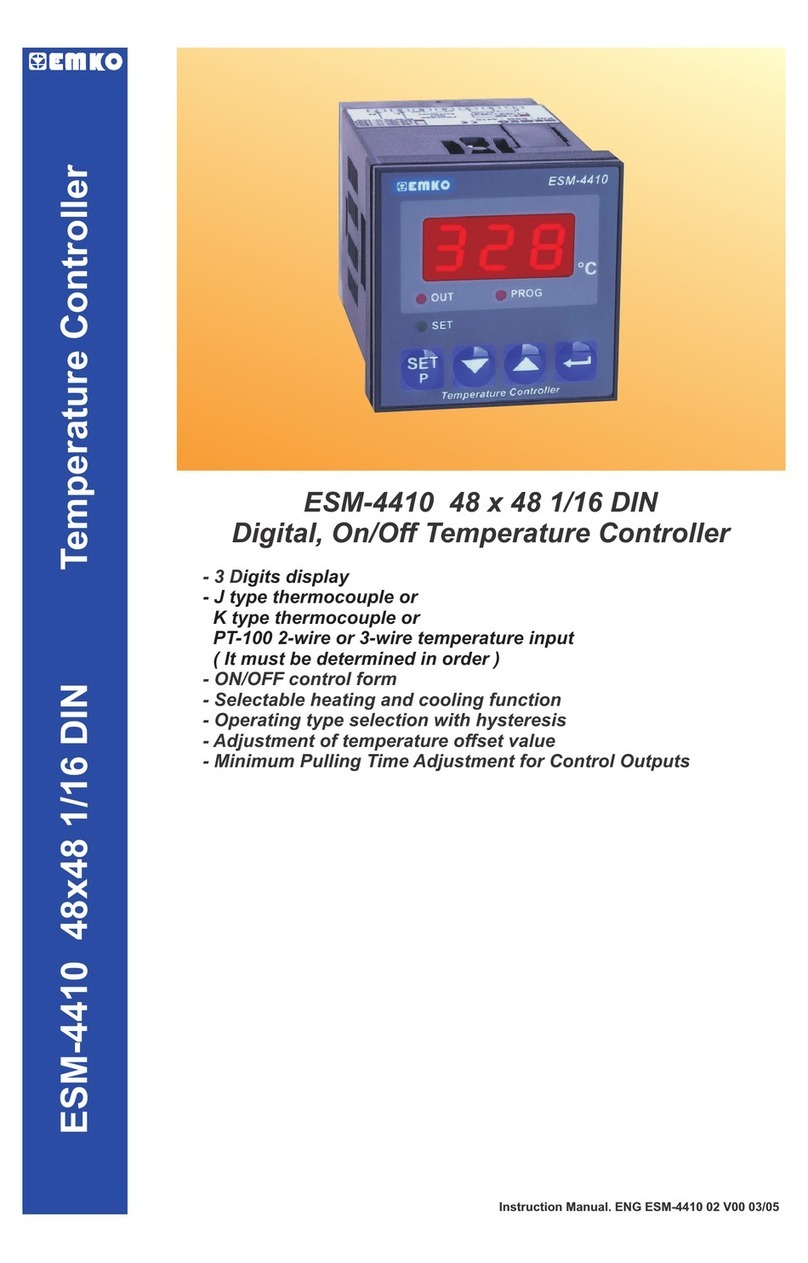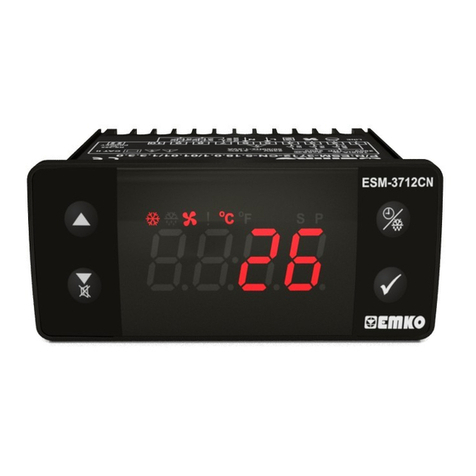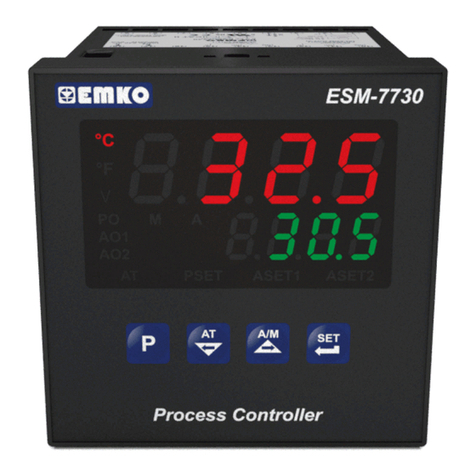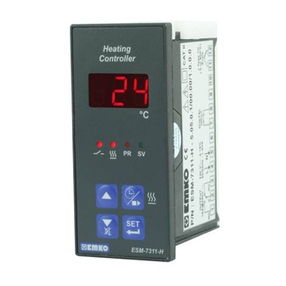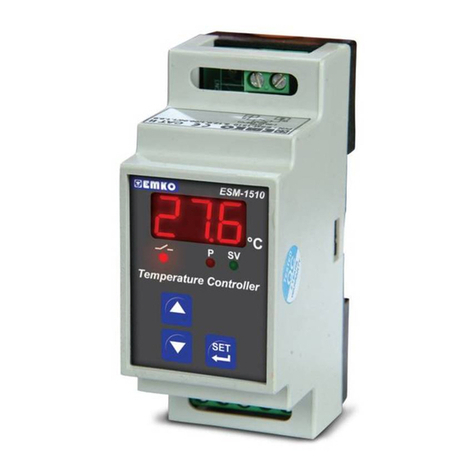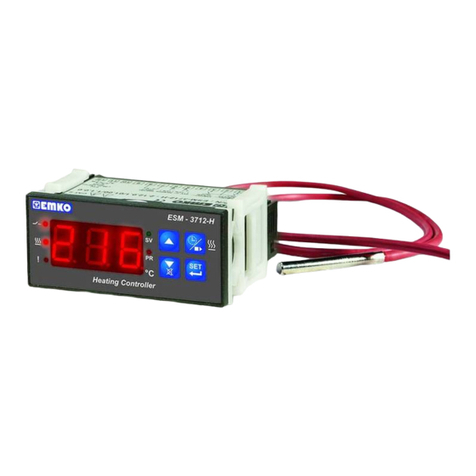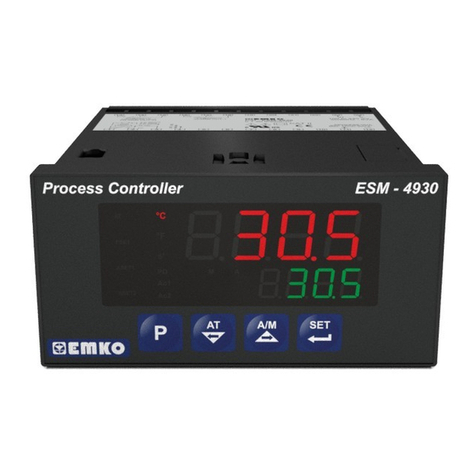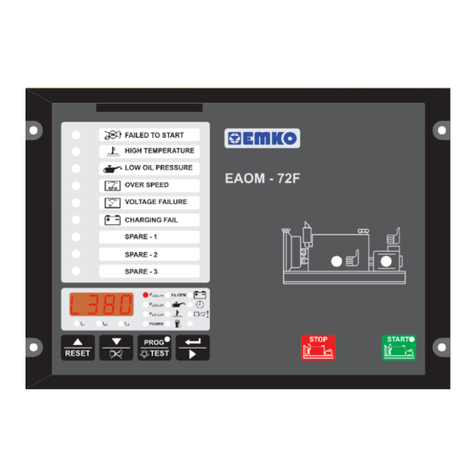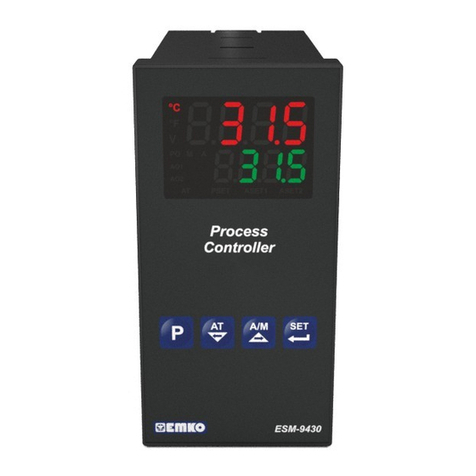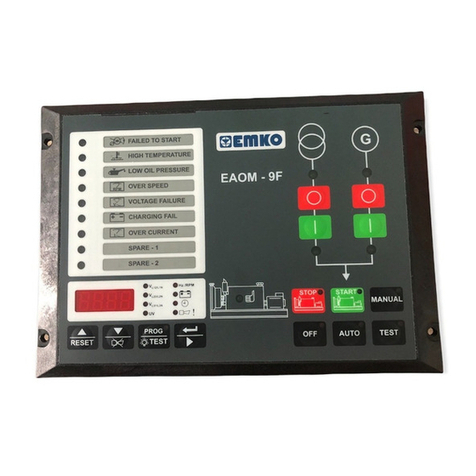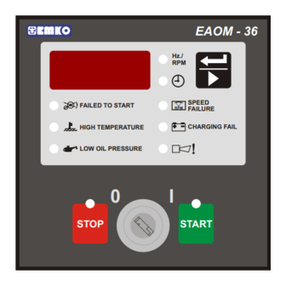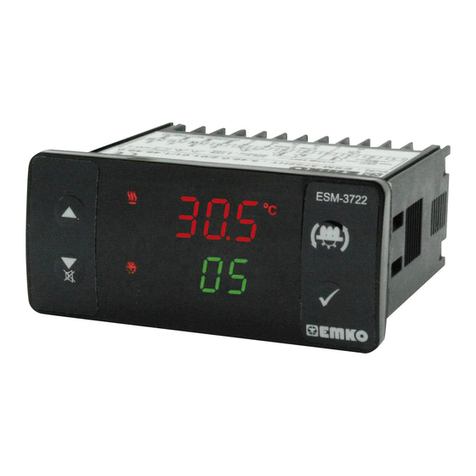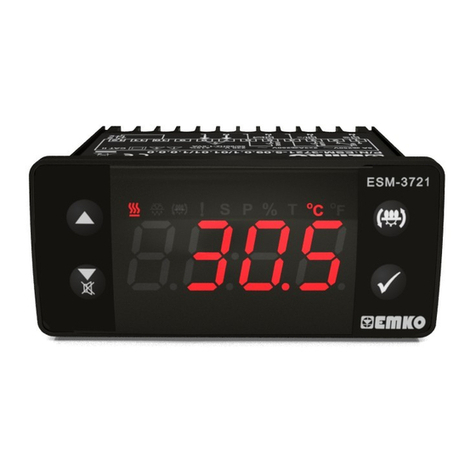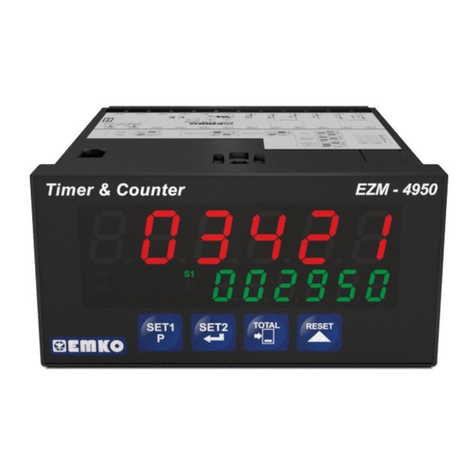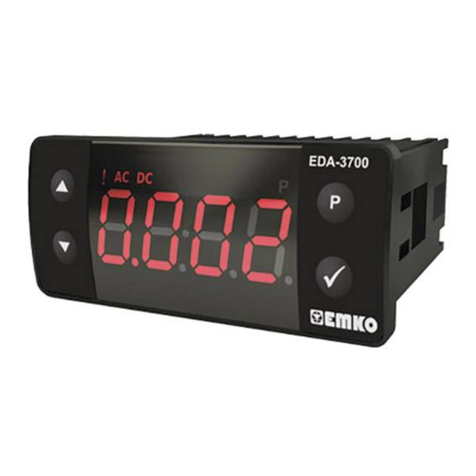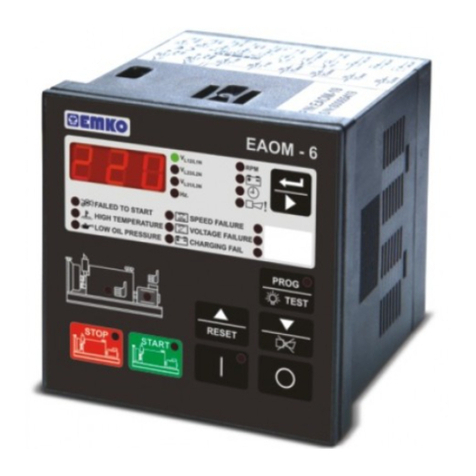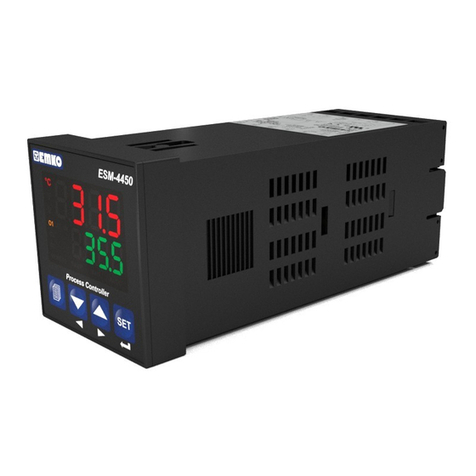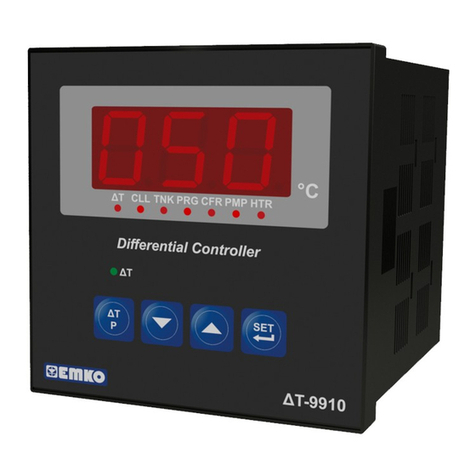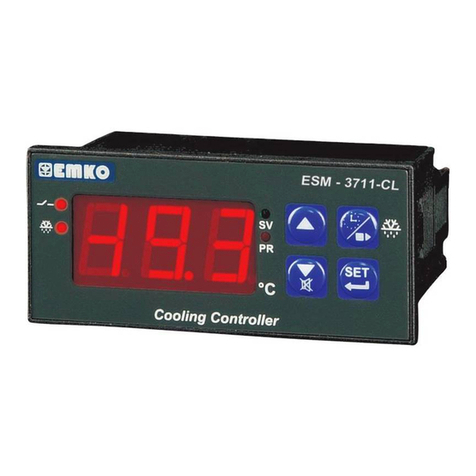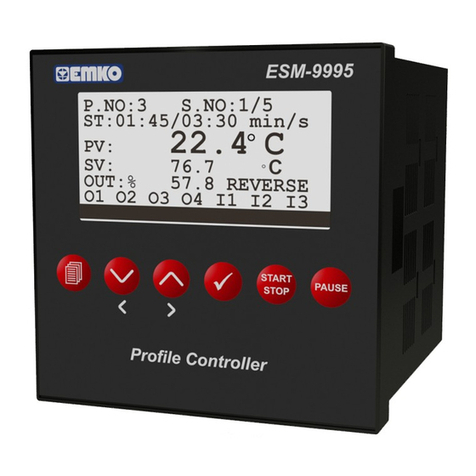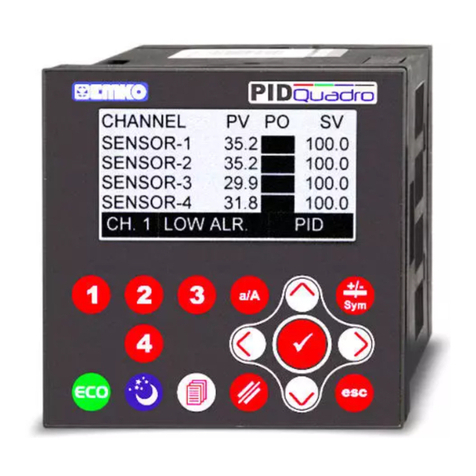EAOM-210 FLJ.eng / ver 0.0
Pages 2 / 132
Section 1 Introd ction .............................................................................................. 4
Section 2 Installation ............................................................................................... 7
2.1 Unit Configuration ...................................................................................................... 7
2.2 Mechanical Installation ................................................................................................ 7
Figure 2.3 Side view. ................................................................................................................................... 8
2.3 Electrical Connections.................................................................................................. 8
Figure 2.4 Rear view. .................................................................................................................................. 8
Figure 2.5 AOM-210 FLJ three phase connections schematic. ......................................................... 10
Table 2.1 Unit wiring ................................................................................................................................. 12
Table 2.2 Unit wiring description............................................................................................................ 14
Electronic Engines (ECUs) and EAOM-210FLJ nit............................................................................ 16
Section 3 Definition Of Front Panel And Programming.....................................................18
3.1 Front Panel Description...............................................................................................18
3.2 Programming Proce ure ..............................................................................................20
3.3 Accessing to the Operator Parameters............................................................................20
3.3.1 Changing and Saving Operator Parameter Val es.................................................................. 22
3.4 Accessing to the Technician Parameters .........................................................................24
3.4.1 Changing and Saving Technician Parameter Val es .............................................................. 33
3.5 Programmable function efinitions ................................................................................35
3.6 Pc Interface ..............................................................................................................94
3.6.1 Technical Specifications............................................................................................................... 94
3.6.2 RS-232 Serial Interface, Programming The Device Over PC or Modem ............................ 94
3.6.2.1 Cable Connection Between RS-232 Terminal of the Device and PC.............................. 94
3.6.3 Installation Instr ction ................................................................................................................. 94
3.6.3.1 Minimum system requirements.................................................................. 94
3.6.3.2 Installing AOM-210 FLJ configuration software ............................................. 94
3.6.3.3 To Run AOM-210 FLJ configuration software ................................................ 95
3.6.4 Description ...................................................................................................................................... 97
3.6.4.1 Main Menu........................................................................................... 97
File Menu.................................................................................................................................. 97
Window Menu .......................................................................................................................... 98
Program Menu ......................................................................................................................... 98
Observation Menu................................................................................................................... 99
Operator Parameters Menu................................................................................................. 103
Technician Parameters Menu ............................................................................................. 104
Adjustment Page (Calibration) Menu ................................................................................ 106
Communication Settings Menu ........................................................................................... 106
Help Menu .............................................................................................................................. 107
Section 4 Commissioning........................................................................................ 108
4.1 Manual operation..................................................................................................... 108
4.2 Auto Operation........................................................................................................ 109
4.3 Test Mo e Operation ................................................................................................ 109
Section 5 Operation .............................................................................................. 110
5.1 Controls an In icators ............................................................................................. 110
5.1.1 LCD Display Description:............................................................................................................... 110
5.1.2 Failure Indicators Description: .................................................................................................... 123
